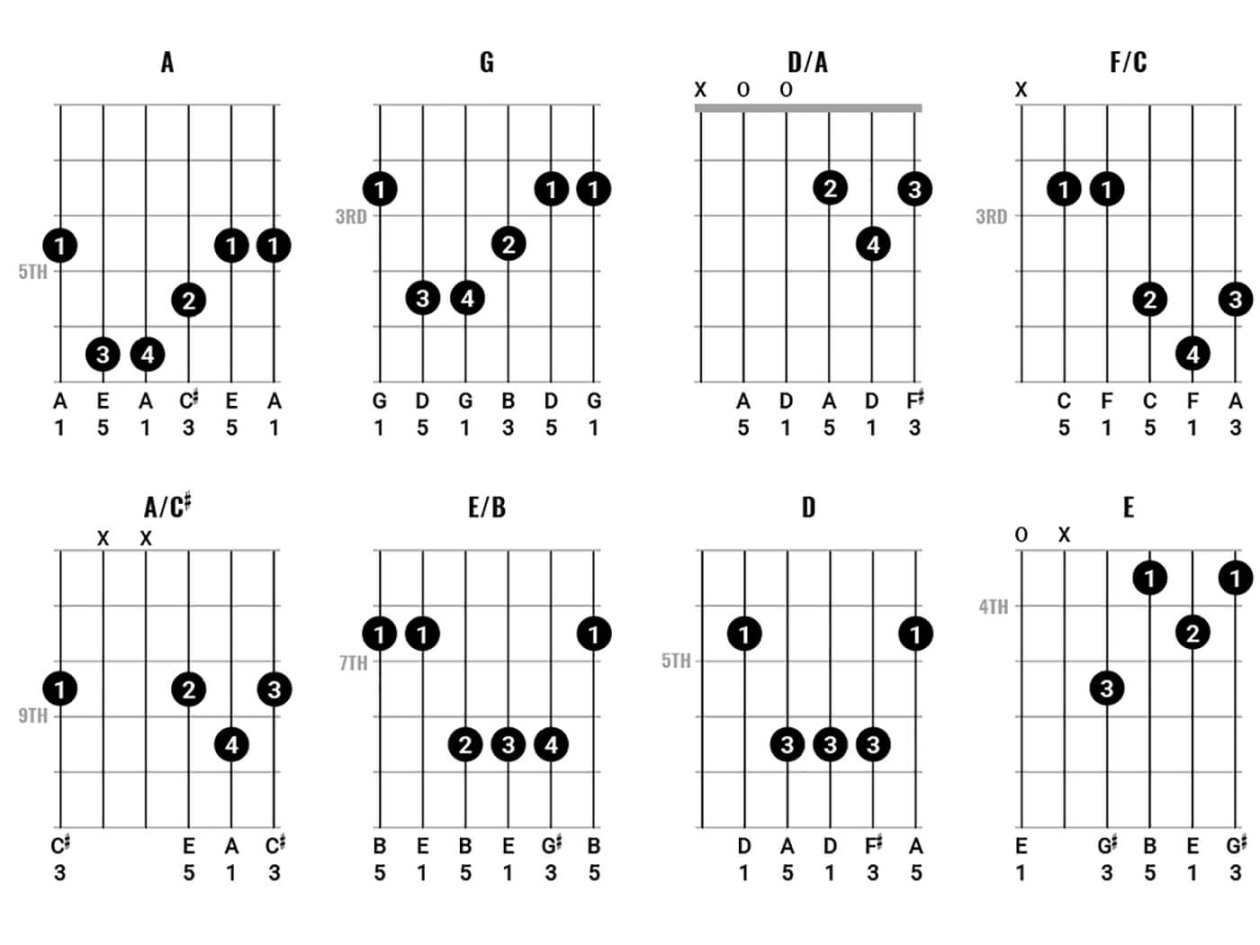Diving Deep: Avant-Garde Guitar Chord Progressions – Beyond the Basics
Alright, let’s talk guitar chords. Not just your everyday I-IV-V stuff, but the wild, wonderful world of avant-garde chord progressions. We’re gonna ditch the pop song playbook and explore some seriously out-there sounds. If you’re tired of playing the same old tunes and want to inject some serious weirdness into your music, you’re in the right place.
What’s the Deal with Avant-Garde?
First off, what does “avant-garde” even mean? Think of it as the musical equivalent of a modern art gallery. It’s about pushing boundaries, breaking rules, and experimenting with sounds that might make your grandma raise an eyebrow. In the context of guitar chords, that means we’re going to explore progressions that are dissonant, unexpected, and generally not your typical ear candy. It’s about creating a sonic landscape that’s more about texture and feeling than a catchy melody.
Throwing Out the Rulebook: Dissonance and Tension
One of the key elements of avant-garde chord progressions is dissonance. Forget about smooth transitions and pleasing harmonies. We’re going to embrace clashing intervals and chords that create a sense of unease. Think of it like this: instead of going from a major chord to its relative minor, we might jump to a chord a tritone away, or use chords with added seconds and sevenths to create a feeling of tension.

For example, try going from a C major to an F# major. It’s jarring, right? That’s the point. Or, try playing a Cmaj7#11 – it’s a beautiful, complex chord that creates a sense of ambiguity and wonder. These kinds of progressions are all about creating a sonic landscape that’s unpredictable and unsettling.
Exploring Unusual Chord Voicings
It’s not just about the chords themselves, but how you voice them. Instead of playing standard open chords or barre chords, experiment with inversions and spread voicings. Try playing a chord with the fifth in the bass, or spread the notes out over a wide range of the fretboard. You can also try using alternate tunings, such as DADGAD or open C, to create unique textures and voicings that are impossible to achieve in standard tuning.
For instance, in standard tuning play a C/G (C major chord with a G in the bass). Then play a C with the notes spread across a larger range, something like C-E-G-C-E. These voicings add a whole new dimension to your sound.
Using Modal Interchange and Borrowed Chords
Modal interchange and borrowed chords are your friends when it comes to creating avant-garde progressions. These techniques involve borrowing chords from other keys or modes to create unexpected harmonic shifts. For example, you might borrow a minor chord from the parallel minor key or a chord from a different mode altogether.
Try something like this: C major, then a Cm (borrowed from C minor), then an Ab major (borrowed from C Phrygian). These shifts create a sense of disorientation and add a unique flavor to your sound.
Experimenting with Non-Traditional Progressions
Forget about I-IV-V and ii-V-I. We’re going to explore progressions that don’t follow any established rules. Try using sequences of unrelated chords or creating progressions that loop and evolve over time. You can also try using microtonal intervals or chords with added notes that fall outside the standard 12-tone system.
Consider something like this: Ebmaj7 – B7 – Amin9 – F#dim7. There’s no clear tonal center, and each chord creates a sense of instability. That’s the kind of vibe we’re going for.
Adding Texture and Atmosphere
Avant-garde music is often about creating a sonic atmosphere rather than a catchy melody. Use effects like reverb, delay, and distortion to add texture and depth to your chord progressions. Experiment with volume swells, tremolo, and other effects to create a sense of movement and evolution.
Try layering your chords with drones or ambient textures. Use a looper to create evolving soundscapes that build and decay over time. This approach can turn a simple chord progression into a complex and immersive listening experience.
Finding Inspiration in the Unexpected
Don’t be afraid to draw inspiration from outside the world of music. Listen to contemporary classical music, experimental electronic music, or even the sounds of nature. Pay attention to the textures, rhythms, and harmonies that you hear, and try to incorporate them into your own playing.
For example, the sound of a creaking door or the hum of an air conditioner can be a source of inspiration for a unique chord progression or soundscape.
Conclusion: Embrace the Weird and Explore
Avant-garde guitar chord progressions are all about pushing boundaries and exploring the uncharted territories of sound. It’s about embracing dissonance, experimenting with unusual voicings, and creating sonic landscapes that are both challenging and rewarding. Don’t be afraid to break the rules and create something truly unique. Remember, there’s no right or wrong way to do it. The only limit is your imagination. So, pick up your guitar, throw out the rulebook, and start exploring the wild and wonderful world of avant-garde guitar chords. You might just discover a whole new dimension to your playing.

